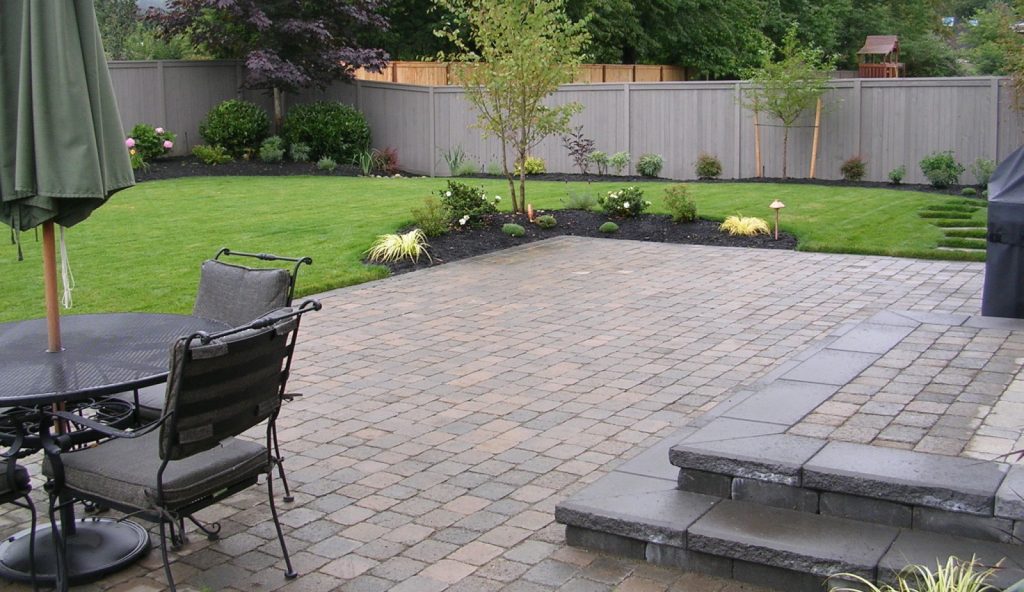Whether you choose stone from a quarry or from a factory, interlocking pavers used in landscaping surfaces provide important definition to gardens and other landscaping.
Where it comes to landscape installations, the key phrase is “hardscape before softscape.” That phrase – which means the walkways, fences, structures and other non-vegetative aspects of any outdoor design go in before the living, growing plants – also means that picking the material you use for walkways and decks or patios should be carefully considered.
Some use wood, some use gravel, and in many garden settings turf grass will do. But where it comes to permanence and an ability to withstand traffic, a stone or stone-like material is going to be the best solution. Where a few generations ago poured concrete sidewalks were the solution, today pavers – and the broad selection available in the category – provide greater functional and aesthetic options than ever before.
Natural stone pavers
These paving stones come from real rocks, formed by nature and are generally considered a luxury material. But nature has a way of deciding colors for you, so there is a limited range of colors and yet color variations within the same types of natural rock. The great thing about most natural rock is its durability (however, anyone who has dropped a bluestone knows they can break).
The types of stone typically available in most markets are: bluestone, coral stone, flagstone, granite, limestone, marble, sandstone, slate and travertine. Flagstone is actually a common term for any flat slab of paving, therefore it can range in colors; both slate and bluestone are types of flagstones. Some designers prefer limestone and sandstone for how they cut cleanly and have even tones (less variation). In tropical environments, coral stone is more common, although restrictions on harvesting in places like Florida mean that only salvaged-repurposed coral stone is available.
Manmade (concrete) stone pavers
Typically lower priced than natural stone, these interlocking stone pavers are a 20th-century invention that has broadened hardscaping choices considerably and made fine gardens more accessible. They come in two distinct categories: Interlocking and architectural slab.
Interlocking pavers are widely used for several reasons: They make a very neat appearance, they are the most affordable, they hold up to traffic with virtually no slippage, and they come in wide range of styles and colors. They even get points for allowing natural absorption of rainwater, as they are typically laid in sand (not mortar) and water trickles into the ground instead of puddling nearby or leading to street flooding.
Architectural slab concrete is thinner and less resilient to vehicular traffic. But it complements modern and luxury building and sometimes is designed to mimic flagstone (with imprinted “natural look” facings).
With so much to choose from it’s important to make a smart selection. These are landscape features that can last generations. Never forget, by the way, to perform your due diligence in selecting the paver stone installers who will perform the work.





